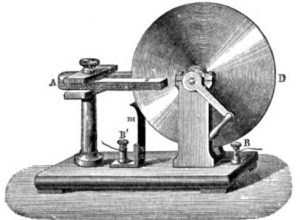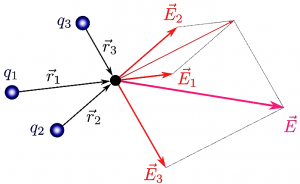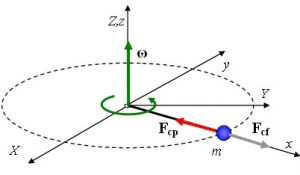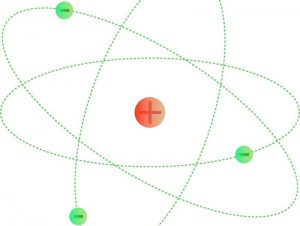Magnetic induction
Today, it is hard to imagine a world without generators and electric motors. This is a contribution we owe to researcher Michael Faraday, who discovered magnetic induction, as well as to contemporary scientists of his time. Magnetic induction alludes to the process in which a magnetic field, variable in time, produces an electric field. This phenomenon has diverse applications in the technological field. In fact, almost all the electricity production is based on magnetic induction process. For example, electric batteries, generators, transformers, electric motors, among other devices, work based on the principles of magnetic induction.
What is magnetic induction?
Magnetic induction is the phenomenon through which a magnetic field generates an electric field. When an electric field is generated in a conductive material, the charge carriers are exposed to a force, and an electric current is induced in the conductor.
About magnetic induction
This phenomenon consists of the generation of an electromotive force in a medium or body subjected to a variable magnetic field. It can also happen that this force is generated in a mobile medium exposed to a static magnetic field. Thus, when it is a conductive body, an induced electric current is generated.
Magnetic induction is therefore an intrinsically time-dependent phenomenon, in the strict sense of the word, which comes from the field of magneto-static (studies of stationary magnetic phenomena).
Who discovered it?
In 1831, Michael Faraday (1791-1867) discovered in England the magnetic induction phenomenon when he realized that a variable magnetic field produces an electric field. James Clerk Maxwell described the process mathematically and called it Faraday’s law of induction.
History
On August 29, 1831, the Englishman Michael Faraday, discovered the magnetic induction, the electricity interaction and the magnetism that allows the creation of the electric induction motor and the generator, among other things. The application of this knowledge was present in the electrical period of humankind, since the use of modern devices was possible with the use of the magnetic induction process.
The crucial experiment that allows Michael Faraday to establish his law is very simple. In fact, it can be easily reproduced with everyday objects. Faraday wound an insulated iron cable around a cardboard tube to form a coil. Then, he connected a voltmeter to the ends of the coil and measured the electromotive force induced when a magnet moved in the coil.
How the magnetic induction is calculated
The magnetic induction process is represented by the letter B. It is calculated as follows:
![]()
Being: B the magnetic induction, Φ the magnetic flux and S the surface.
Magnetic induction lines
Magnetic induction lines are a way of representing a magnetic field. For Faraday, force lines are polarized particle chains in a dielectric and these can have an existence of their own over a wide space. J.J. Thomson and Maxwell refer to induction lines as electrostatic induction tubes or simply as Faraday tubes.
In the 20th century, force lines are energy connections incorporated into the unified theoretical perspective of the 19th century, which is more mathematical and sophisticated.
Examples
Example 1
A coil moves down along the axis of a magnetized cylindrical magnet along its axis. In this case, an ammeter will measure the induced current in the coil.
As there is no electric field since the magnet is neutral, the force is qv x B. In view of the axial symmetry of this case, the electromotive force is added along the cable and a current circulates in the coil.
Example 2
A copper disc rotates around a magnet and the circuit is completed by a stationary wire that moves over the outside of the disc. The electrons in the copper disk are carried through the field lines resulting in an electromotive force. The rest of the circuit remains motionless and does not favor the electromotive force. As the field lines cut once the conductor, a net electromotive force is obtained. Although there is no change of flow in the loop, an electromotive force is induced.
Example 3
If a magnet is placed with the north pole facing down, the current in the coil will flow counterclockwise if the right hand grip rule is applied.
How to cite this article?
Briceño V., Gabriela. (2019). Magnetic induction. Recovered on 24 February, 2024, de Euston96: https://www.euston96.com/en/magnetic-induction/










